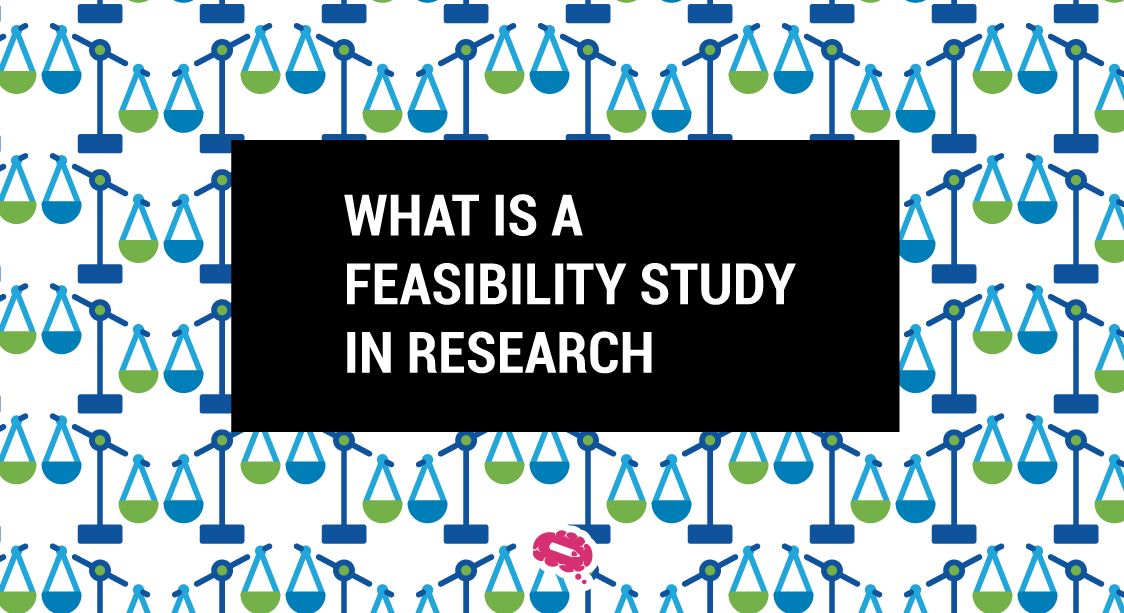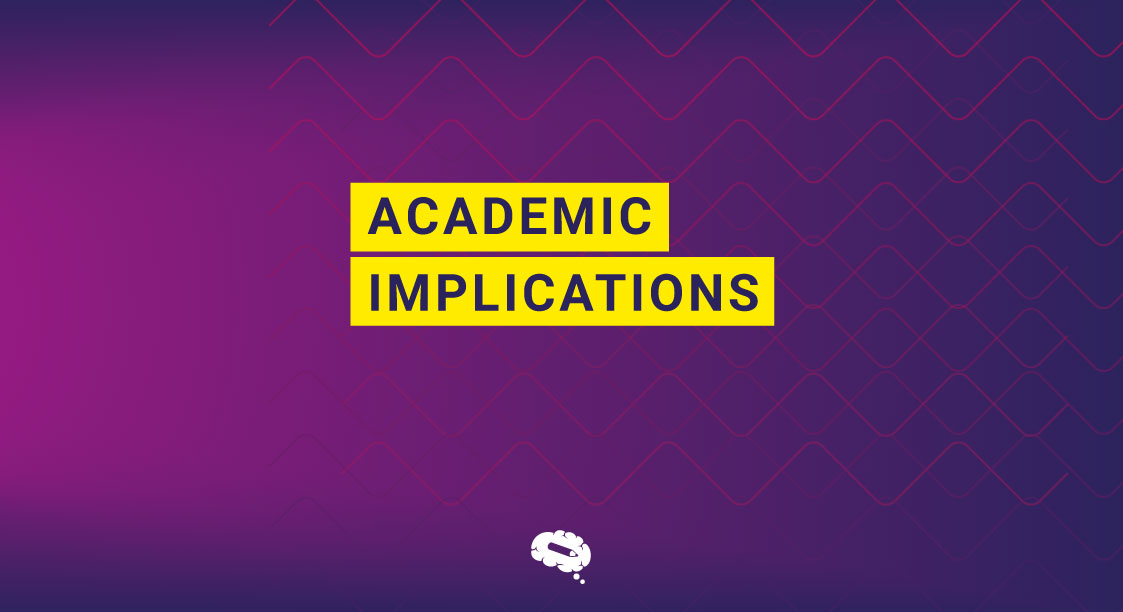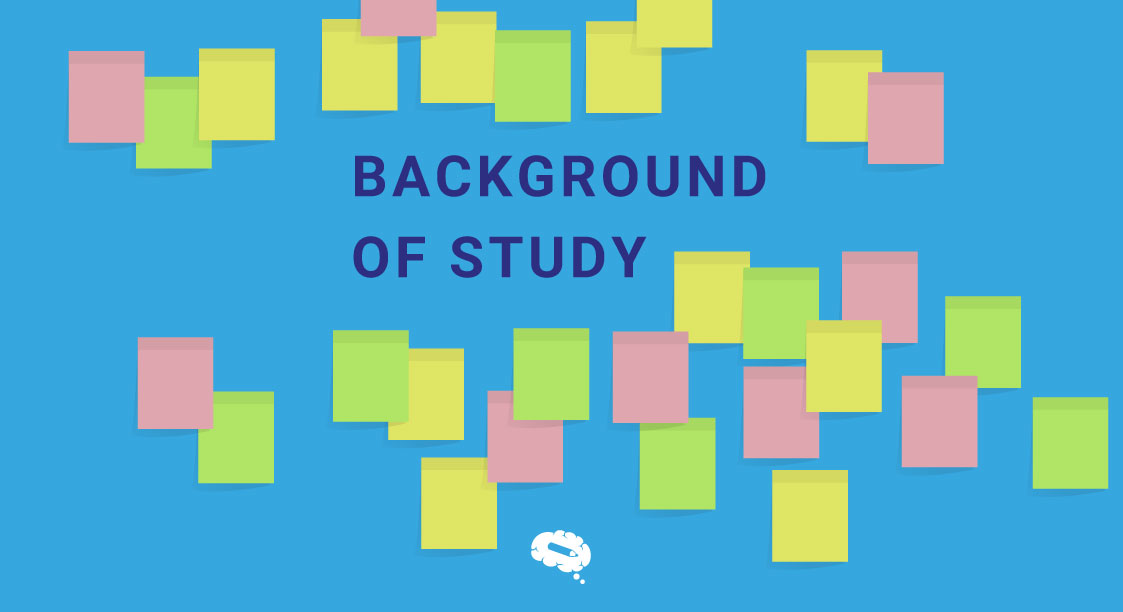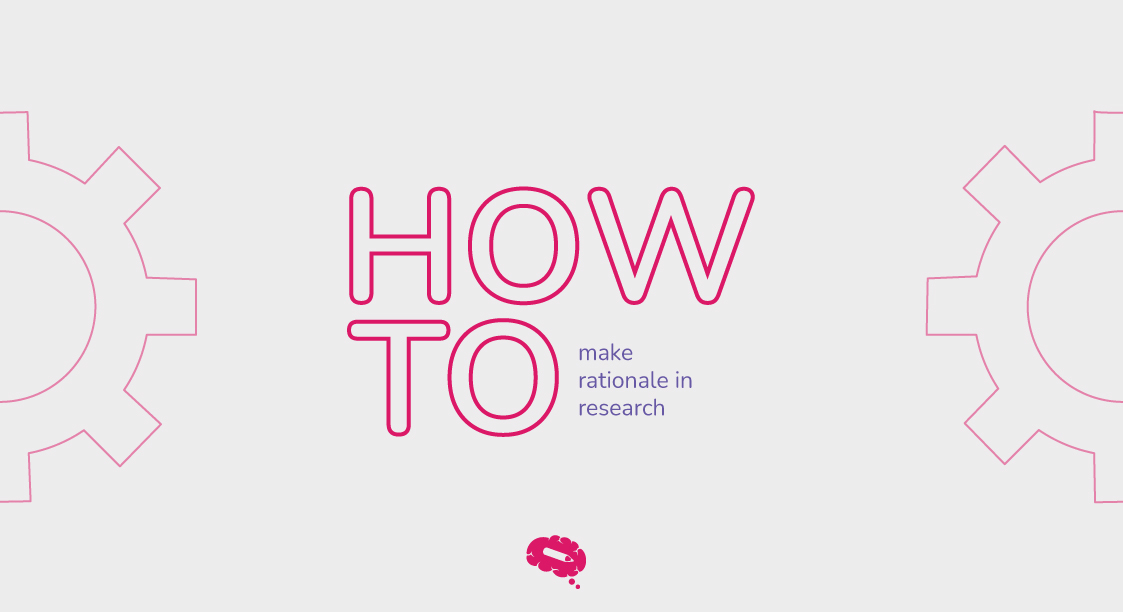Have you ever thought of doing something but wondered whether it’s doable or not? Obviously, there will be several constraints when we wish to do something unique. To understand all these constraints and to check whether the idea that we have in our mind is beneficial or not, we do this preparatory work called a feasibility study.
A feasibility study is like a reality check for your idea, helping you determine if it’s really worth pursuing. In this article, we will discuss what is a feasibility study in research, various aspects of the feasibility study, how it is engaged, how it has to be checked, and how it helps us create a perfect model for our idea.
What is a Feasibility Study in Research?
A feasibility study is an in-depth assessment conducted to determine the practicality and viability of a proposed project or idea. It involves evaluating various factors such as technical, economic, legal, operational, and scheduling aspects to ascertain whether the project can be successfully implemented.
The purpose of a feasibility study is to provide objective and unbiased information to decision-makers, enabling them to make informed choices regarding the project’s future. It helps identify potential risks, challenges, and opportunities associated with the undertaking, allowing stakeholders to gauge its potential outcomes.
By conducting a feasibility study, decision-makers can determine if the project aligns with organizational goals, identify potential hurdles, and develop contingency plans. This systematic assessment ensures that resources are allocated efficiently and that projects with a high chance of success are pursued.
What is the Purpose of the Feasibility Study?
A feasibility study serves as a vital tool for assessing the practicality and viability of a proposed project or initiative before committing significant resources to its implementation. It is a comprehensive evaluation that considers various factors such as technical, economic, legal, operational, and scheduling aspects, providing stakeholders with crucial insights to make informed decisions.
First and foremost, a feasibility study helps identify the project’s objectives and determine whether they align with the organization’s overall goals. It allows stakeholders to assess the project’s potential benefits and weigh them against the associated risks. By conducting a feasibility study, decision-makers can gain a clearer understanding of the project’s potential impact on the organization’s resources, capabilities, and market position.
Examination of technical feasibility
One key aspect of a feasibility study is the examination of technical feasibility. This involves evaluating whether the proposed project can be implemented using available technology, infrastructure, and expertise. It helps identify potential technical constraints or challenges that may arise during project execution and allows for appropriate contingency planning.
Furthermore, a feasibility study evaluates the economic viability of a project. It involves conducting a detailed cost-benefit analysis to determine the financial implications associated with the project. This analysis helps stakeholders understand the potential return on investment, project profitability, and the timeline for cost recovery.
Related Article: What is Geospatial Analysis? The Plan Before the Actual Plan
Types of Feasibility Studies
There are several types of feasibility studies, each with its own specific focus and objectives. Some of the most common types of feasibility studies include:
- Technical feasibility study: This type of study assesses whether the proposed project can be implemented using available technology, infrastructure, and expertise. It identifies potential technical constraints or challenges that may arise during project execution and allows for appropriate contingency planning.
- Economic feasibility study: This type of study involves conducting a detailed cost-benefit analysis to determine the financial implications associated with the project. It helps stakeholders understand the potential return on investment, project profitability, and the timeline for cost recovery.
- Legal feasibility study: This type of study examines the legal and regulatory requirements associated with the project. By identifying any legal hurdles or compliance issues early on, organizations can ensure that the project aligns with legal frameworks and minimizes the risk of legal complications down the line.
- Operational feasibility study: This type of study assesses whether the project can be smoothly integrated into existing systems and processes. It examines factors such as staffing requirements, training needs, and potential impacts on day-to-day operations.
- Scheduling feasibility study: This type of study helps establish a realistic timeline for project completion. It considers the availability of resources, dependencies, and potential bottlenecks, allowing stakeholders to develop a well-structured project plan and set achievable milestones.
- Market feasibility study: This type of study evaluates the potential demand for the proposed project in the marketplace. It examines factors such as customer preferences, competition, and market trends to determine whether the project is likely to be successful.
- Environmental feasibility study: This type of study assesses the potential environmental impacts of the proposed project. It examines factors such as air and water quality, habitat destruction, and waste management to ensure that the project is sustainable and environmentally responsible.
Overall, the type of feasibility study conducted will depend on the specific objectives of the proposed project and the information needed to make informed decisions about its implementation.
How to Conduct a Feasibility Study?
A feasibility study is an important step in evaluating the viability of a proposed project or business venture. The study is typically conducted before any significant investment is made to determine whether the project is feasible, both financially and operationally. Here are the general steps to conduct a feasibility study:
Step 1 – Define the scope of the study
Clearly define the objectives of the feasibility study and the specific questions that need to be answered. Identify the stakeholders who will be involved in the study and their roles and responsibilities.
Step 2 – Conduct market research
Research the market and competition to determine the potential demand for the product or service, as well as the size and characteristics of the target market. Analyze the existing competition and identify any gaps in the market that the proposed project could fill.
Step 3 – Evaluate the operational feasibility
Assess the operational feasibility of the proposed project, including the availability of resources, skills, and expertise needed to execute the project.
Step 4 – Identify potential risks
Identify potential risks and challenges that could impact the success of the proposed project. Develop contingency plans to mitigate these risks.
Step 5 – Make recommendations
Based on the results of the feasibility study, make recommendations about whether or not to move forward with the proposed project and, if so, what steps should be taken to ensure its success.
It’s important to note that the specific steps and level of detail required for a feasibility study may vary depending on the nature and complexity of the project. A feasibility study is a critical step in the decision-making process and should be conducted thoroughly and objectively to ensure that all aspects of the proposed project have been evaluated.
How to Write a Feasibility Study?
Writing a feasibility study involves conducting a systematic analysis to determine the viability and potential success of a proposed project or initiative. Here are the steps to help you write a feasibility study:
- Executive Summary: Provide a brief overview of the project, its objectives, and the purpose of the feasibility study.
- Introduction: Describe the background and context of the project, including its goals, scope, and any relevant background information.
- Project Description: Provide a detailed description of the project, outlining its objectives, deliverables, and expected outcomes. Include information on the target audience or beneficiaries.
- Market Analysis: Assess the market conditions and demand for the proposed project. Identify the target market, competitors, and potential customers. Analyze market trends, growth prospects, and any potential challenges or risks.
- Technical Feasibility: Evaluate the technical aspects of the project, such as the required infrastructure, technology, resources, and expertise. Determine if the necessary resources and capabilities are available or can be acquired within the project’s constraints.
- Financial Feasibility: Conduct a thorough financial analysis of the project. Estimate the initial investment costs, operational expenses, and projected revenues. Evaluate the project’s profitability, return on investment (ROI), payback period, and other financial indicators. Consider potential funding sources and financing options.
- Organizational Feasibility: Assess the project’s compatibility with the existing organizational structure and capabilities. Evaluate the availability of skilled personnel, management support, and any potential impact on the organization’s operations. Consider any legal, regulatory, or compliance requirements.
- Risk Analysis: Identify and evaluate potential risks and uncertainties associated with the project. Analyze both internal and external factors that may impact the project’s success. Develop risk mitigation strategies and contingency plans.
- Implementation Plan: Outline a detailed plan for implementing the project. Define the necessary steps, timelines, and responsibilities. Consider resource allocation, project management methodologies, and any potential challenges during the implementation phase.
- Summarize your findings: Write a clear and concise summary of your findings and conclusions. This should include an assessment of the project’s overall feasibility, a description of any risks or challenges, and a recommendation on whether or not to proceed with the project.
Examples of Feasibility Studies
It typically examines various aspects such as technical, economic, legal, operational, and scheduling factors. Here are some examples of feasibility studies conducted for different purposes:
- New Business Venture: A study to determine the feasibility of opening a new restaurant, including analysis of market demand, location suitability, competition, and financial projections.
- Real Estate Development: An evaluation of the feasibility of constructing a shopping mall, considering factors such as land availability, market demand, construction costs, potential tenants, and expected return on investment.
- Renewable Energy Project: Assessing the feasibility of establishing a solar power plant, including examination of solar resources, land requirements, grid connectivity, financial analysis, and environmental impact.
- Information Technology System: A study to determine the feasibility of implementing a new software system within an organization, analyzing factors like system requirements, compatibility, cost-benefit analysis, and potential impact on existing operations.
These are some examples of feasibility studies and it is very important to note that though the process looks the same for every domain of work, the concept will be different for each one of them so it is important to analyze the domain before getting to work on it.
The World’s Largest Scientifically-Accurate Illustrations Gallery
If you are looking for scientific illustrations, you are in the right place. Mind the Graph is the world’s largest scientifically-accurate illustrations gallery that helps enhance the quality of your research papers and posters. Sign Up Now.

Subscribe to our newsletter
Exclusive high quality content about effective visual
communication in science.





